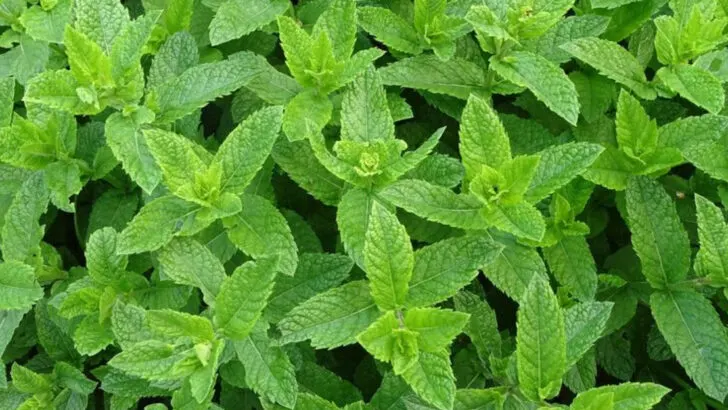Some plants start off as charming additions to the garden, only to take over and make you wish you’d never brought them home. They spread fast, pop up where they weren’t invited, and can be tough to keep in check once they settle in.
On the other hand, there are plenty of plants that stay right where you want them, growing politely without becoming a chore. Knowing which is which can save you a lot of future frustration. Here are 10 plants that tend to overstay their welcome and 10 well-behaved alternatives that won’t give you extra work.
Mint
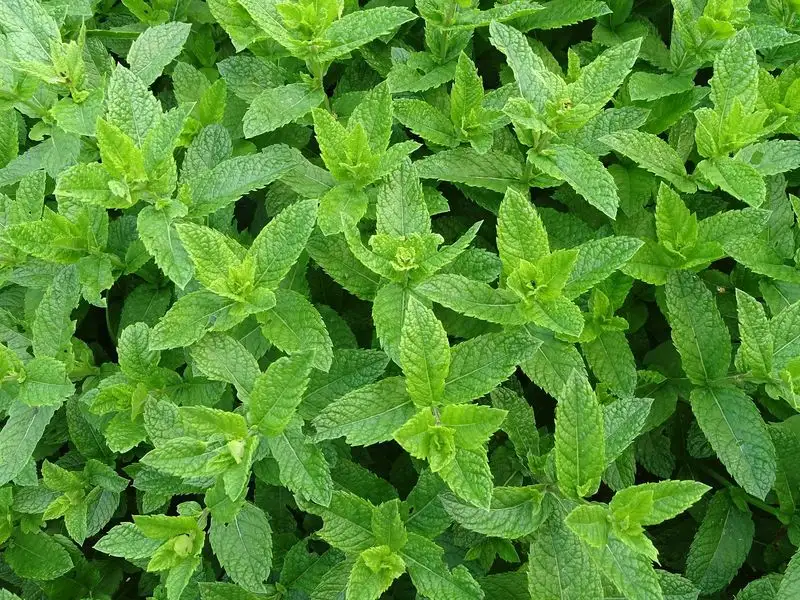
Mint, while a favorite for teas and garnishes, is known for its aggressive nature. With its rapid-growing runners, mint can quickly dominate garden spaces, leaving little room for other plants. Planting it in containers or confined spaces is advisable to prevent unwanted spread.
However, its delightful aroma and culinary uses make it worth the effort. Imagine sipping a hot cup of mint tea on a chilly evening.
Did you know? Ancient Greeks used mint at funerals as a symbol of hospitality. This hardy herb indeed has a rich history!
Bamboo
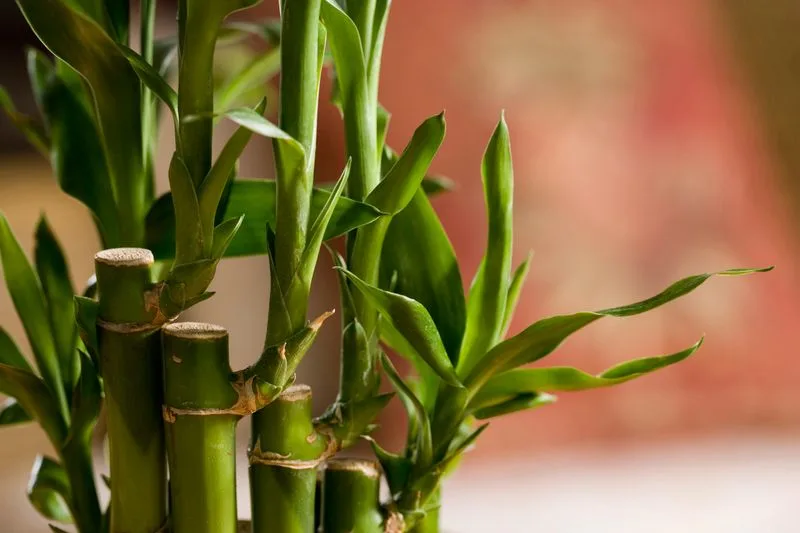
Bamboo, with its elegant beauty, can quickly turn into a gardener’s nightmare. Known for its rapid growth, some species can grow up to three feet per day. This remarkable speed can lead to bamboo taking over gardens and landscapes if not controlled properly.
For those with ample space, bamboo can create stunning natural barriers. However, for smaller gardens, root barriers are crucial.
Fun fact: Bamboo is one of the fastest-growing plants in the world, and some species are even used in sustainable construction.
English Ivy
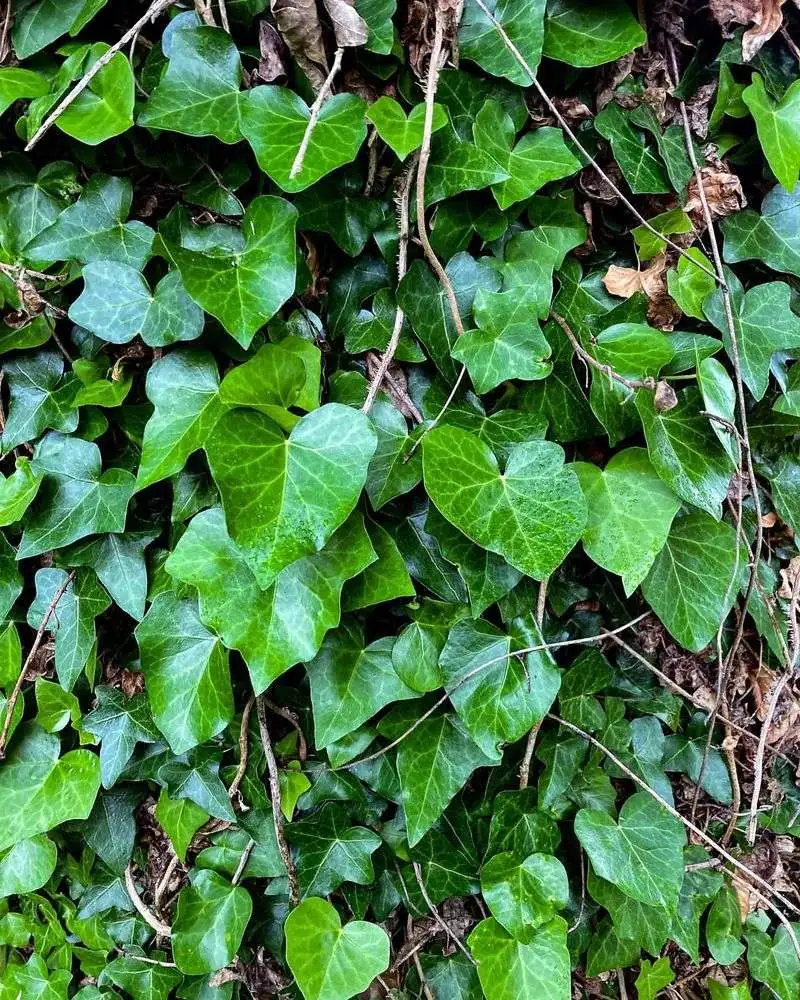
English Ivy is often admired for its lush, dark green leaves that elegantly drape over walls and fences. Yet, this very charm can become a curse.
English Ivy is a vigorous grower, often smothering other plants and structures in its path. It can cause damage to walls and trees if left unchecked. Despite its invasive tendencies, it adds an old-world charm to gardens.
A little-known fact: Ivy has been symbolically used to represent fidelity and eternity in various cultures throughout history.
Japanese Knotweed
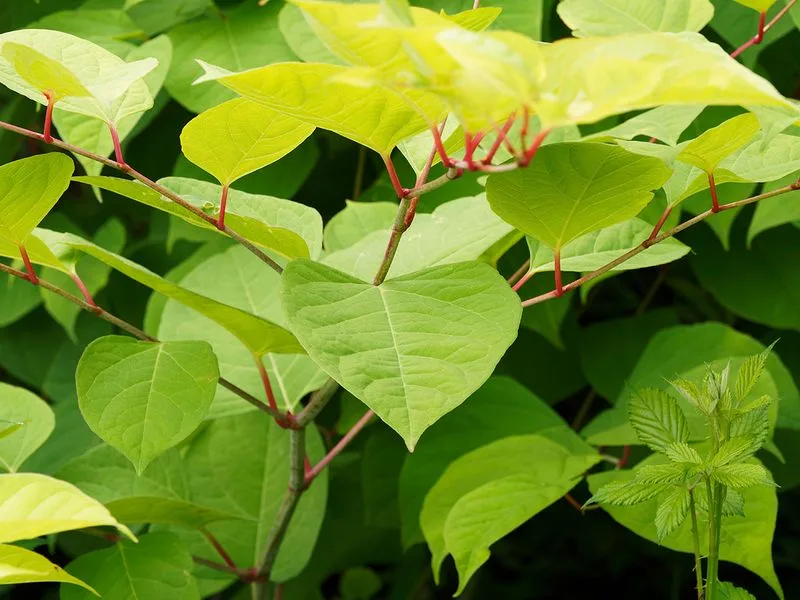
Japanese Knotweed is notorious for its ability to break through concrete and invade gardens with relentless vigor. Its strong underground rhizomes can spread quickly, making it difficult to eradicate once established.
Despite its aggressive nature, it produces charming creamy white flowers in late summer. For those tempted by its beauty, strict control measures are essential.
Did you know? Japanese Knotweed is often used in traditional medicine in its native Japan for various ailments.
Wisteria
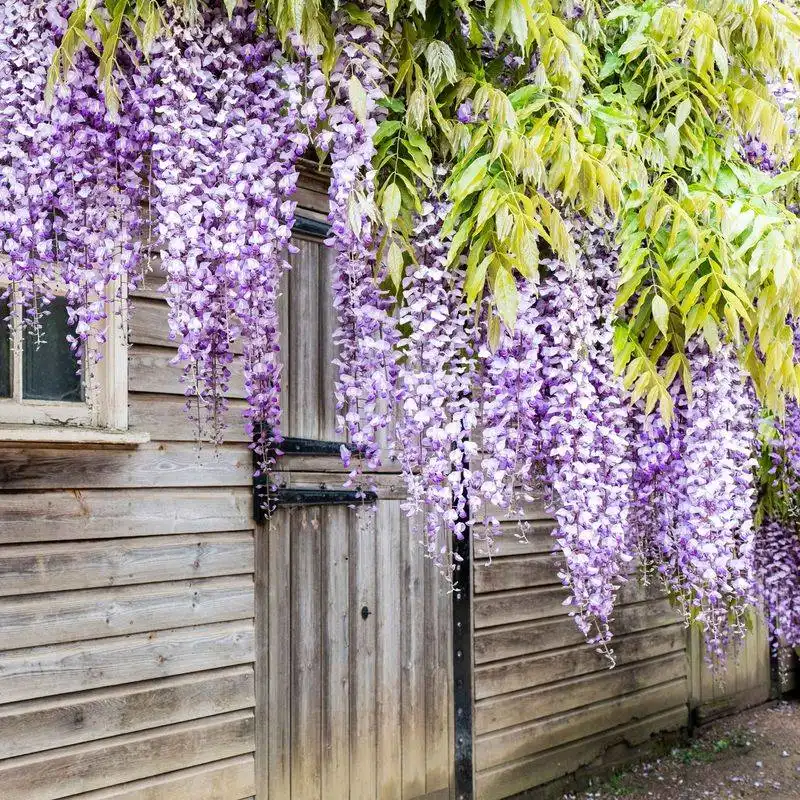
Wisteria is celebrated for its stunning, cascading blooms that can transform any garden into a breathtaking spectacle. However, its vigorous nature can cause problems.
Unchecked wisteria vines can smother trees and structures, making regular pruning necessary to maintain balance. Despite its unruly growth, the sight of wisteria in full bloom is truly mesmerizing.
Fun fact: Wisteria symbolizes love and devotion in many cultures, often seen in wedding decorations.
Morning Glory
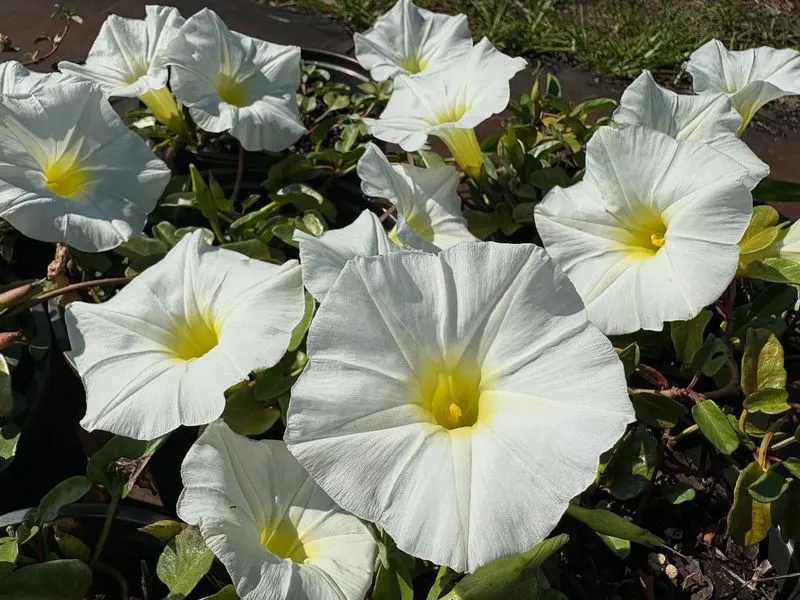
Morning Glory, with its bright, cheerful flowers, brings a splash of color to gardens. Unfortunately, its rapid growth can overwhelm other plants, as it climbs over everything in its path.
The trick is to admire their beauty in controlled conditions or pots. Despite their unruliness, their vibrant blooms are a delightful morning sight.
An interesting tidbit: In some cultures, Morning Glory seeds are used in traditional rituals, believed to have spiritual significance.
Creeping Jenny
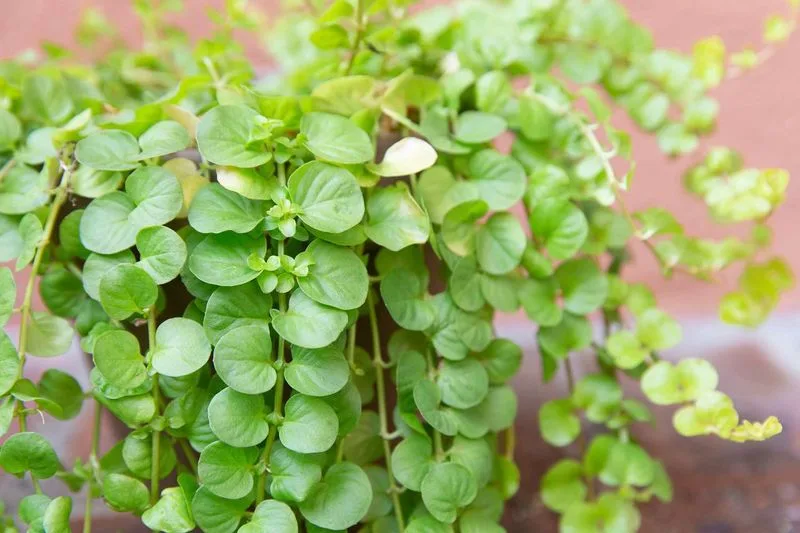
Creeping Jenny is a charming ground cover with its golden leaves and trailing habit. Yet, its relentless spreading can cover vast areas, often at the expense of other plants.
Its beauty lies in moderation, perhaps in hanging baskets or confined spaces. Despite its aggressive nature, it adds a lovely golden hue to gardens.
Did you know? Creeping Jenny is often used in folk medicine to treat wounds and inflammation due to its soothing properties.
Purple Loosestrife
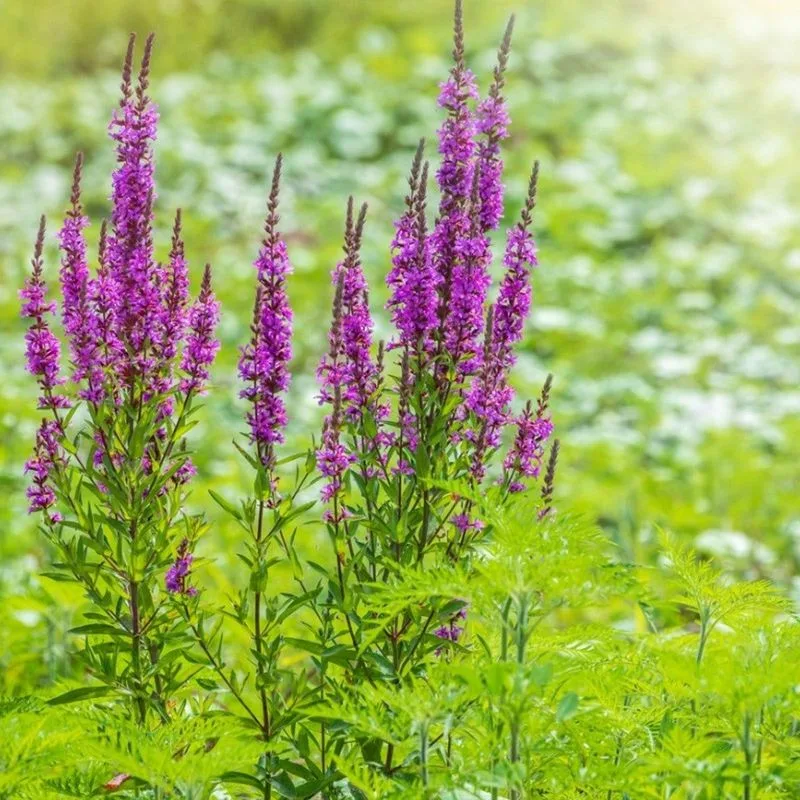
Purple Loosestrife stands out with its vibrant purple spikes, creating a stunning visual in any landscape. However, it can easily dominate wetland areas, outcompeting native plants.
While its beauty is undeniable, it requires careful management to prevent ecological imbalance. Despite its invasive nature, it attracts many pollinators.
A quick fact: In the 1800s, Purple Loosestrife was introduced to North America for ornamental purposes and has since become a significant ecological concern.
Ragwort
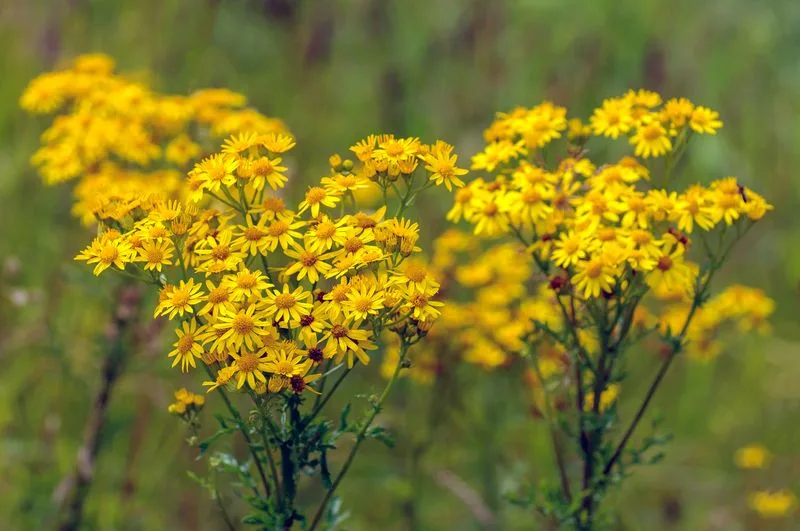
Ragwort, with its bright yellow blooms, can be both a beautiful and troublesome presence in gardens. Known for its toxicity to livestock, it requires careful handling.
Despite its dangers, it plays a vital role in supporting various insects, including the cinnabar moth caterpillar. Its cheerful color brightens up any landscape, albeit with caution.
Fun fact: Ragwort is associated with folklore and was once believed to be a favorite plant of witches for its medicinal properties.
Stinging Nettle
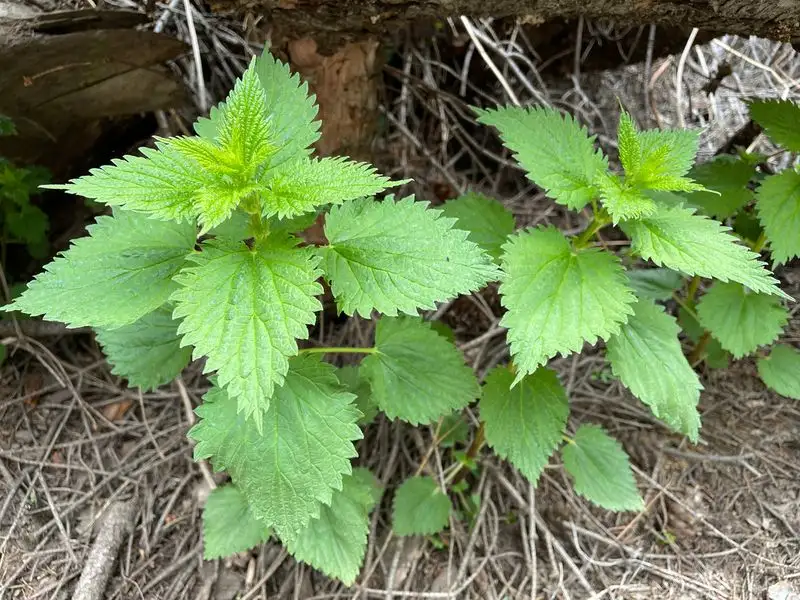
Stinging Nettle, recognized for its painful sting, can be a challenging plant to manage. Its ability to spread rapidly is matched by its nutritive value, often used in teas and soups.
Managing nettles requires gloves and determination, yet their benefits make them worthwhile for many. Despite their sting, they are a valuable addition to herbal remedies.
Did you know? Stinging Nettle has been used for centuries in traditional medicine for joint pain and allergies.
Lavender
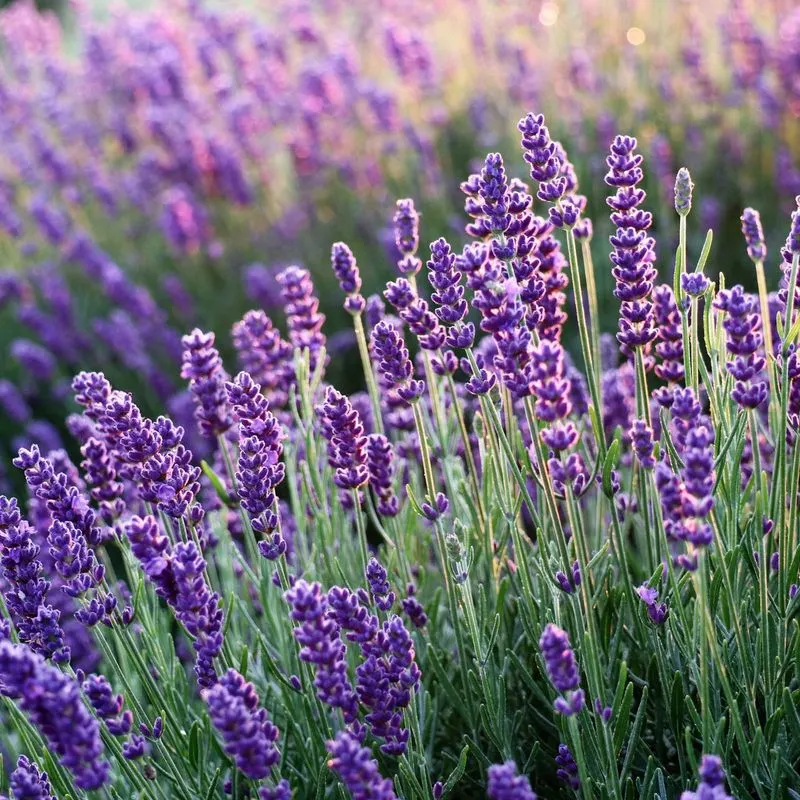
Lavender, famed for its soothing scent and vibrant purple flowers, is a gardener’s delight. Unlike more aggressive plants, lavender maintains its place with grace, rarely encroaching on its neighbors.
It thrives best in well-drained soil and sunny spots, offering both visual and aromatic pleasure. Beyond its beauty, lavender’s essential oils are prized in aromatherapy.
Fun fact: Ancient Egyptians used lavender in their mummification process for its fragrant and preserving qualities.
Hosta
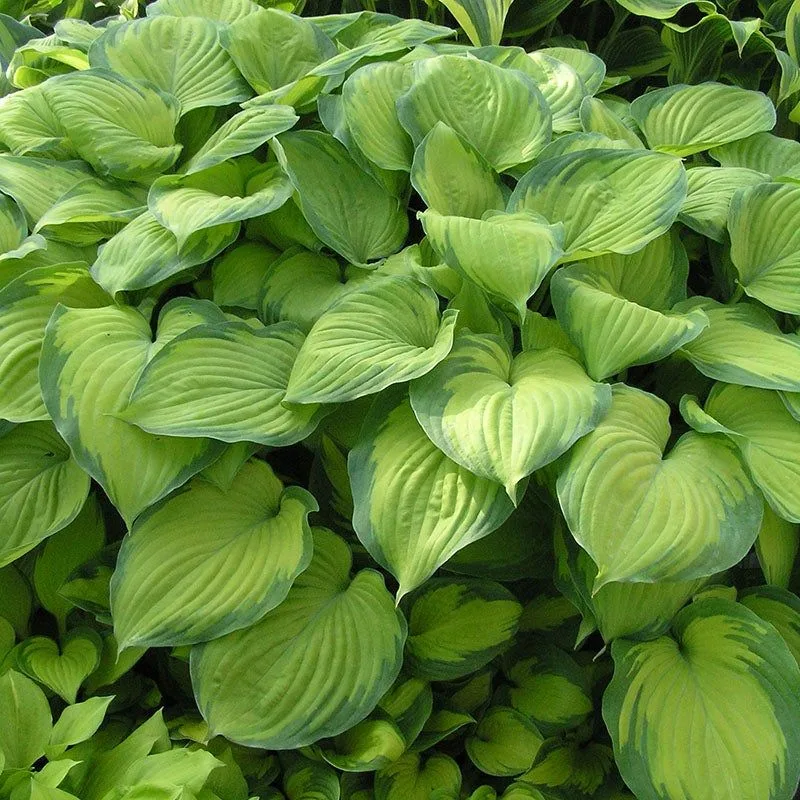
Hosta, a favorite among shade garden enthusiasts, captivates with its lush, broad leaves. Known for its easy-going nature, it coexists peacefully with other plants.
Hostas thrive in the shade, adding a lush, green backdrop to garden landscapes. Their resilience makes them a reliable choice for low-maintenance gardens.
An interesting tidbit: Hostas are edible and are considered a delicacy in some parts of Japan, particularly the young shoots.
Heuchera
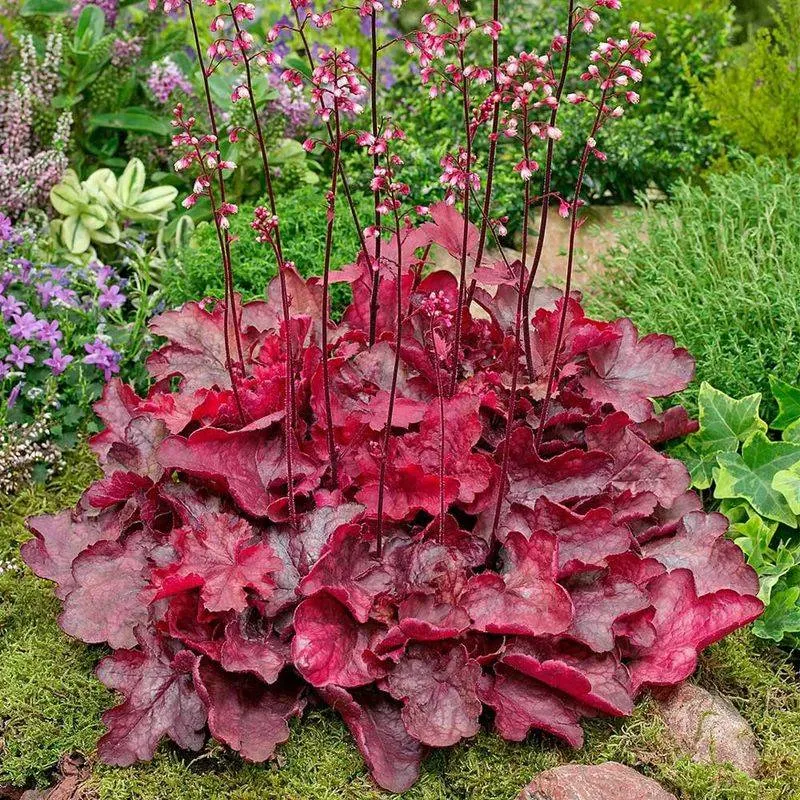
Heuchera, often called Coral Bells, is loved for its vibrant foliage and delicate flowers. These plants are well-behaved, often thriving in mixed borders without overwhelming their companions.
Their varied leaf colors provide year-round interest, making them a versatile choice for garden design. Despite their charm, they are also robust and resilient.
Did you know? Heuchera was named after Johann Heinrich von Heucher, a German physician and botanist.
Peony
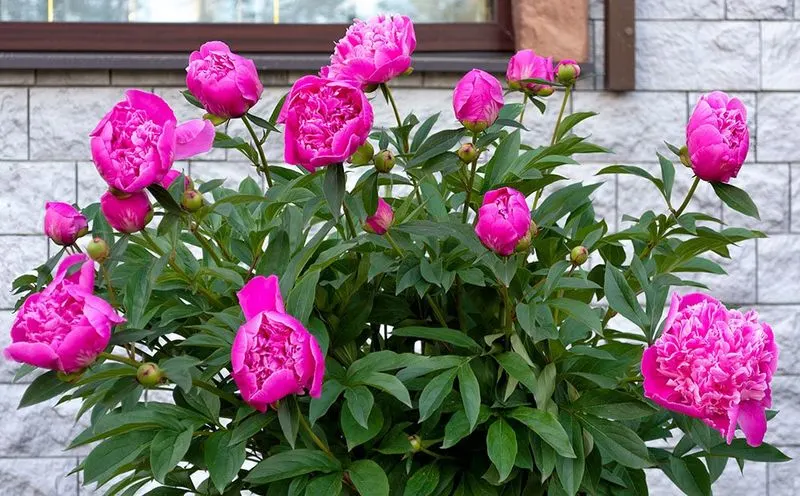
Peonies are cherished for their lush, fragrant blooms that bring elegance to any garden. Known for their longevity, these well-mannered plants can live for decades without requiring much attention.
Peonies thrive in sunny locations, rewarding patience with stunning floral displays. Their blooms are short-lived, but unforgettable.
Interesting fact: In ancient China, peonies were a symbol of wealth and honor, often depicted in traditional art and literature.
Daylily
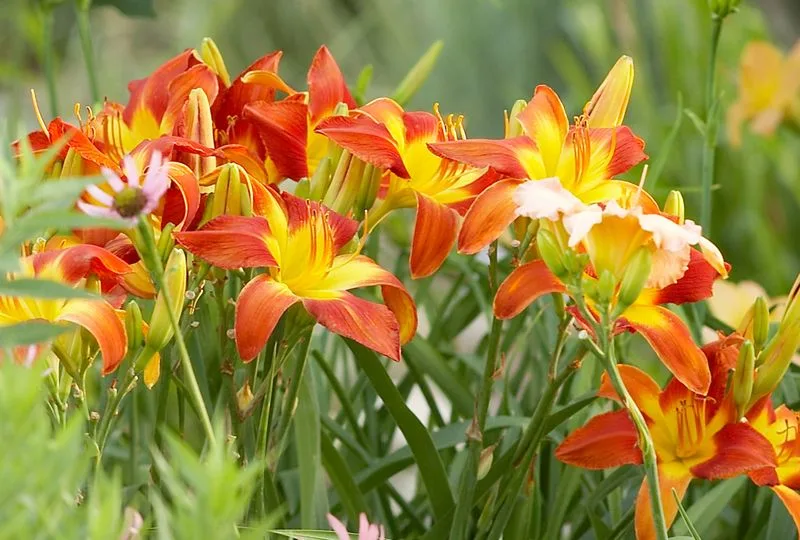
Daylilies bring a splash of color with their bright, trumpet-shaped flowers. They are well-known for being low-maintenance and adaptable, making them a gardener’s friend.
Daylilies bloom in cycles, ensuring gardens remain vibrant throughout the growing season. Despite their simplicity, they bring joy with every bloom.
Fun fact: The name “daylily” comes from the Greek words “hemera” meaning day and “leios” meaning beautiful, as each bloom lasts only one day.
Astilbe
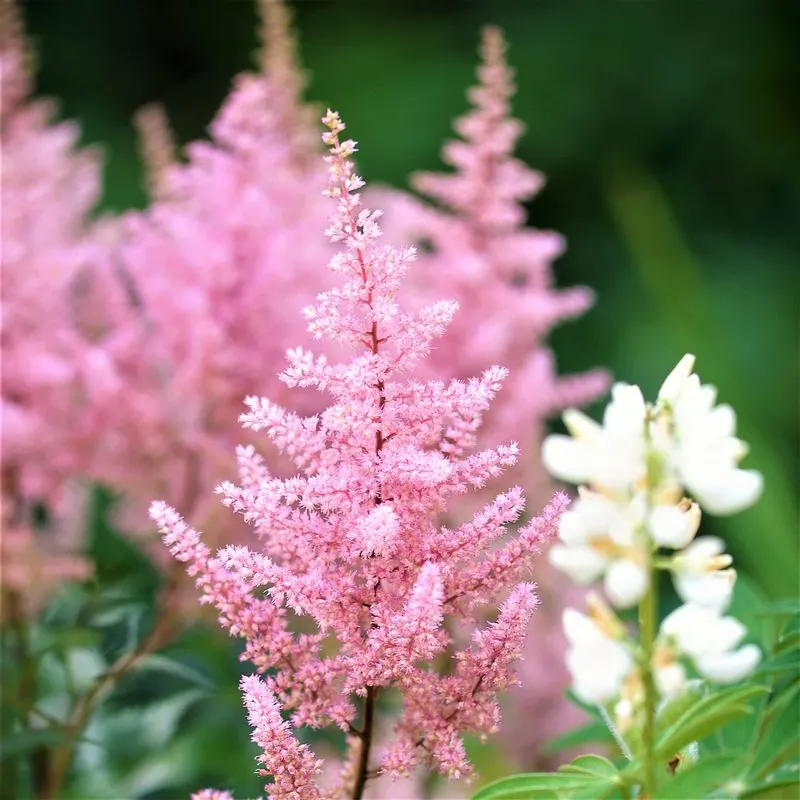
Astilbe, with its feathery plumes, adds elegance to shaded gardens. These plants are appreciated for their consistent performance and ability to thrive in less sunny spots.
Astilbe’s blooms add texture and interest to garden borders, and their foliage remains attractive throughout the growing season. Despite their delicate appearance, they are quite hardy.
Quirky note: Astilbe is often referred to as “false goat’s beard” due to the shape of its blooms.
Echinacea
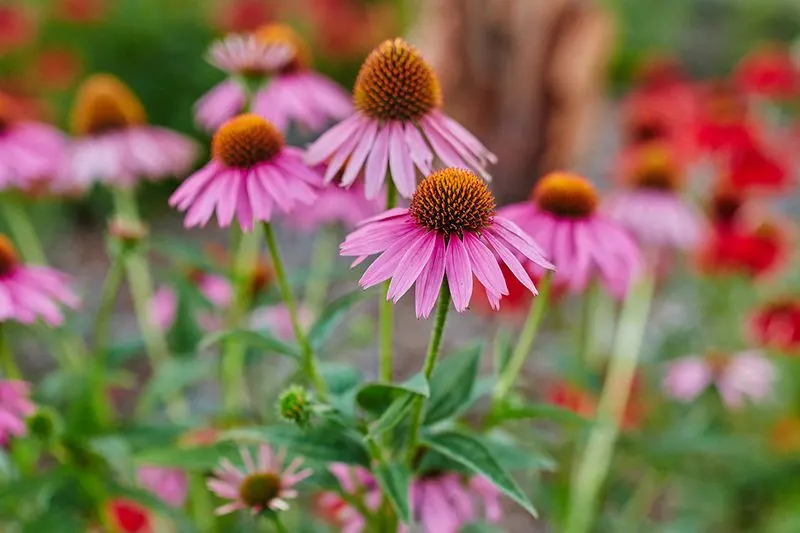
Echinacea, or coneflower, is beloved for its daisy-like blooms and resilience. These well-behaved plants are perfect for pollinator gardens, attracting bees and butterflies.
Echinacea’s sturdy nature and medicinal uses make it a valuable addition to herbal gardens. Its long blooming season ensures vibrant colors from summer to fall.
Fun fact: Echinacea has been used for centuries by Native Americans as a remedy for various ailments, particularly infections and wounds.
Salvia
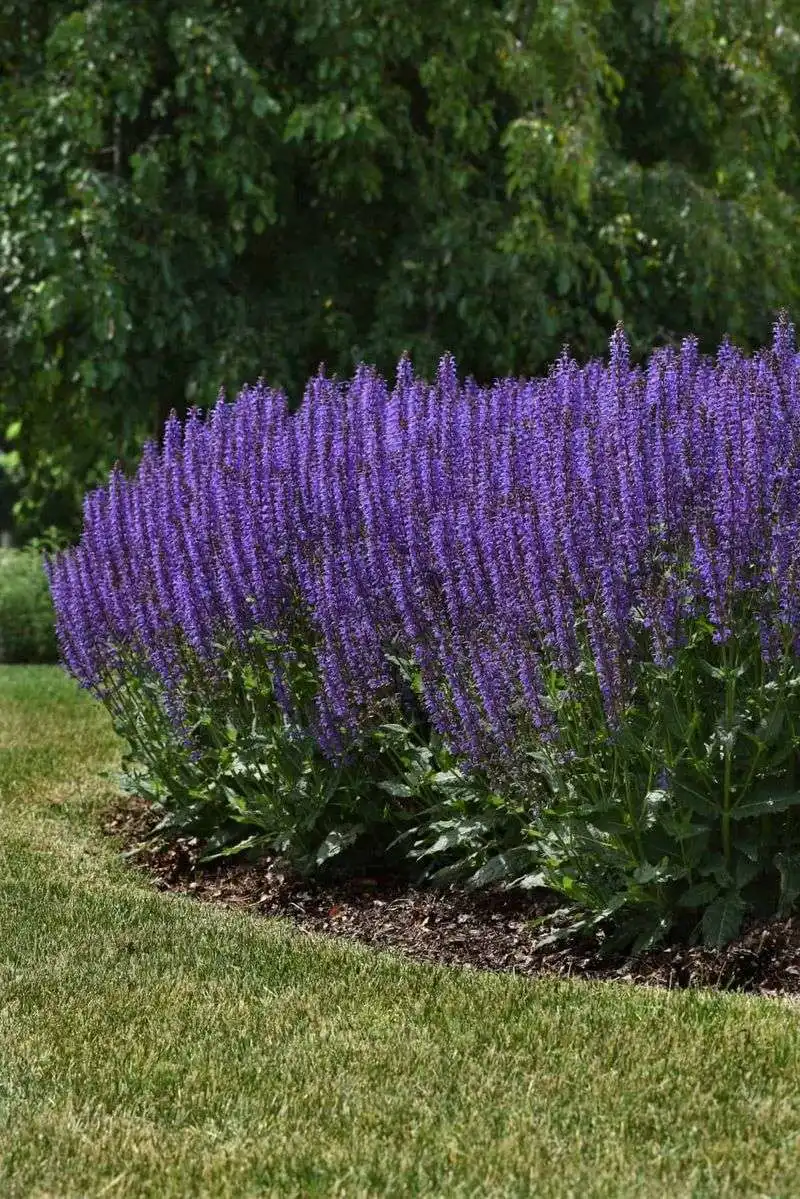
Salvia brings vibrancy with its colorful spikes and aromatic foliage. Known for its drought tolerance, salvia is a reliable choice for sunny borders and cottage gardens.
Salvia’s long flowering season attracts pollinators, providing continuous interest and movement in the garden. Despite their robust nature, they require little maintenance.
Did you know? Salvia is part of the sage family, and its name derives from the Latin word “salvere,” meaning to heal, reflecting its historical medicinal uses.
Sedum
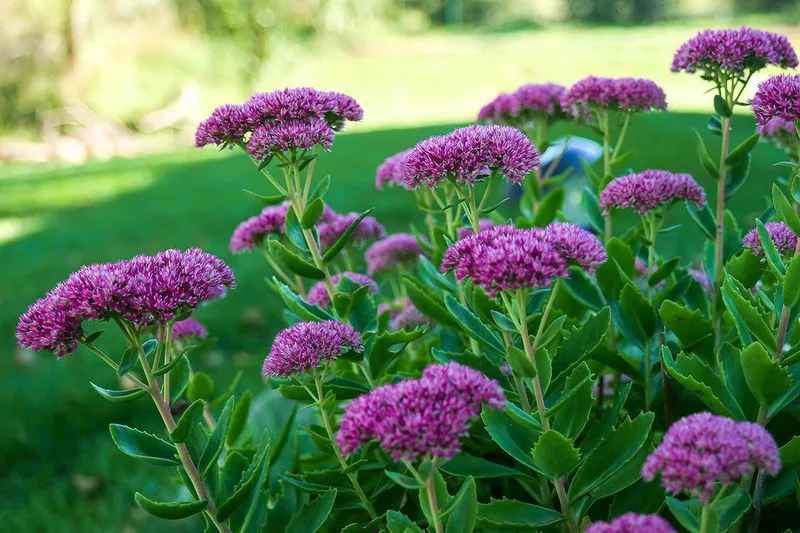
Sedum, often called stonecrop, is celebrated for its fleshy leaves and starry flowers. These succulents are incredibly hardy, thriving in poor soil and drought conditions.
Sedum’s diverse forms make it suitable for rock gardens, green roofs, and borders. Their resilience and low maintenance make them a gardener’s ally.
Fun fact: Sedum is often used in green building, particularly in rooftop gardens, due to its lightweight and drought-resistant nature.
Coreopsis
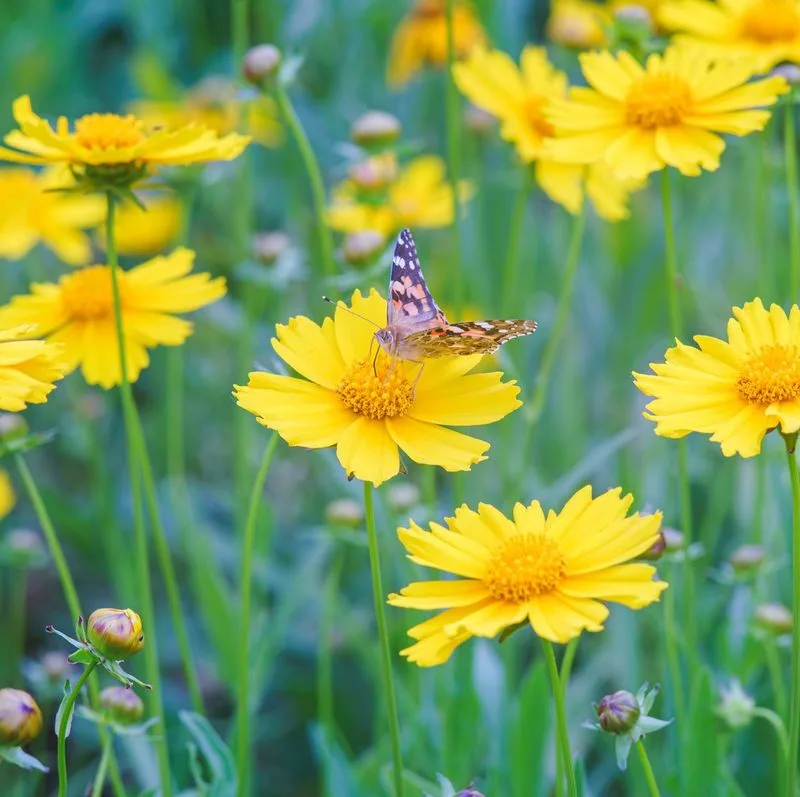
Coreopsis, also known as tickseed, brightens gardens with its cheerful, daisy-like blooms. These plants are well-behaved, thriving in diverse conditions while adding a splash of sunshine.
Coreopsis is beloved by pollinators, making it a great addition to wildlife-friendly gardens. Its lengthy blooming period ensures gardens remain colorful.
Did you know? Coreopsis is the state wildflower of Florida, symbolizing cheerfulness and beauty.

